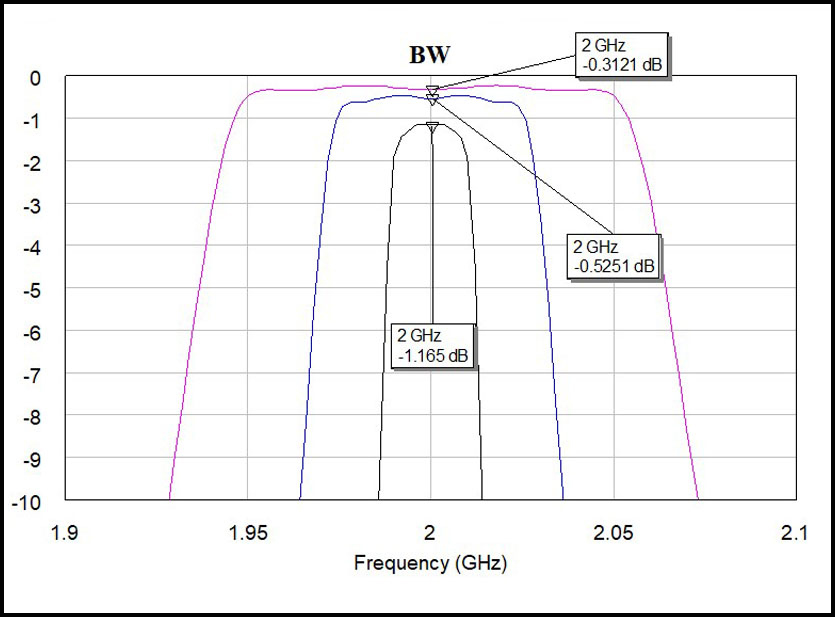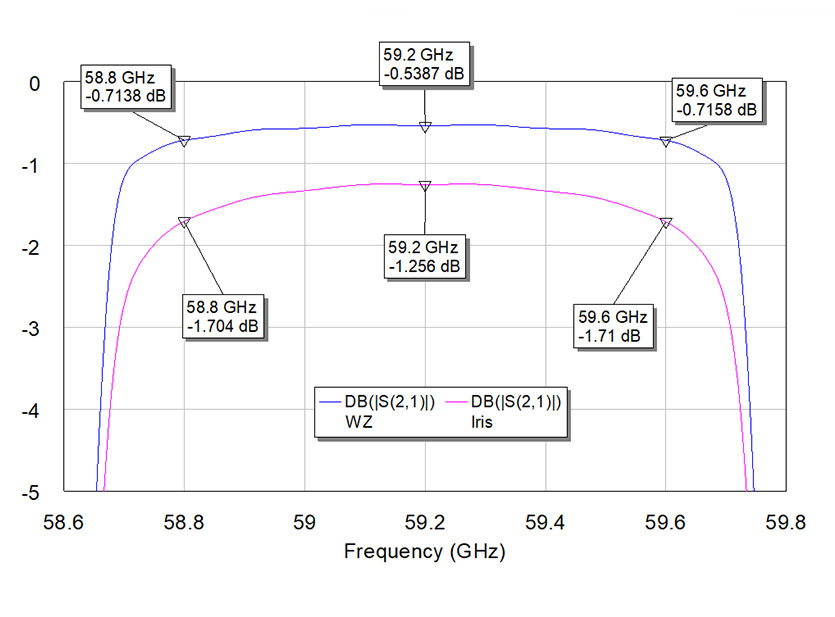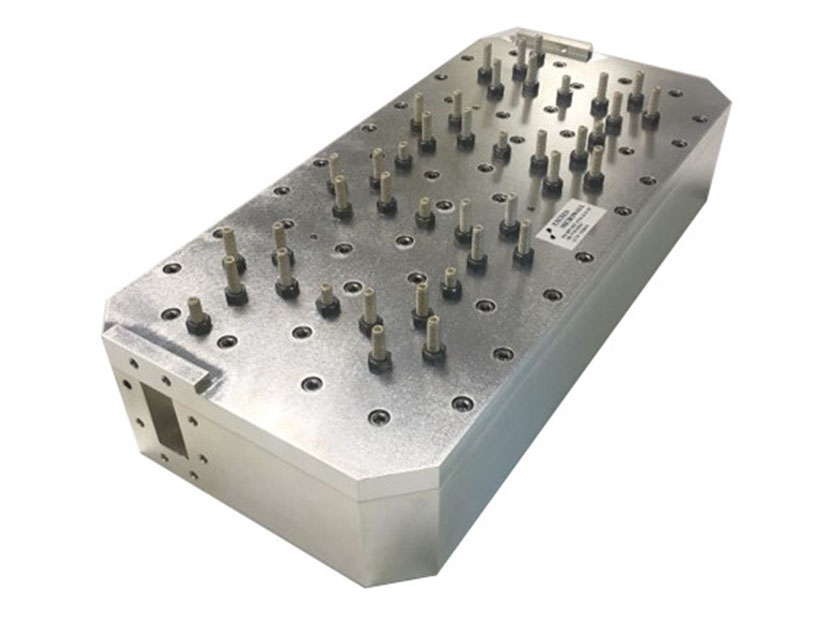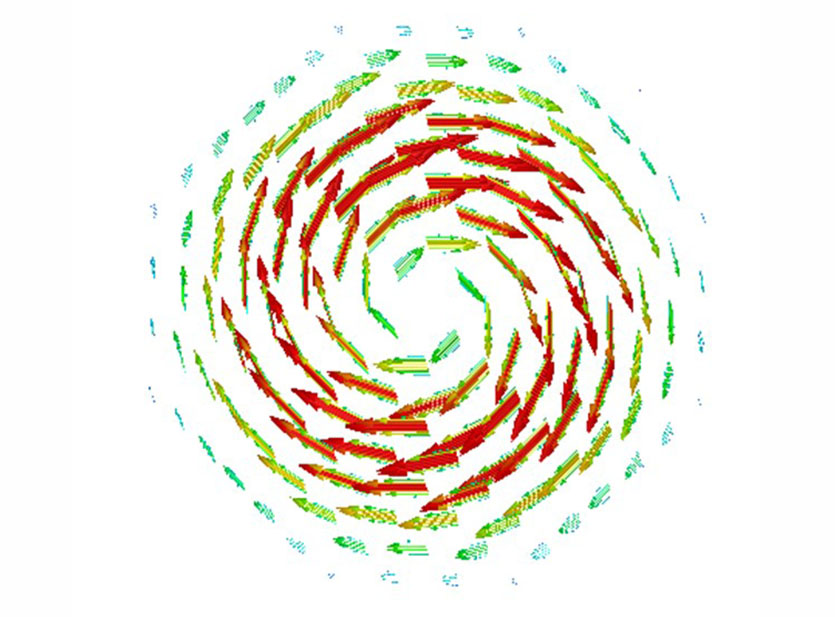
WZ-Series Waveguide Bandpass Filters
Problem:
Insertion loss of filters becomes higher and higher as the pass-band bandwidth narrows. For high power systems, high insertion loss will result in significant loss of power through the filter and generates more heat, which needs to be dissipated.
The voltage multiplication factor within the filter also goes up, increasing the voltages for each resonator, which lowers the threshold for high power breakdown and may cause corona, ionization voltage breakdown, or multi factor. For low power systems, the high insertion loss can increase noise figure if the filter is used before the LNA.

Solution:
Exceed Microwave developed the WZ-Series to provide the absolute lowest insertion loss and highest power handling capability for narrowband applications.

We use TE01 mode resonators, and with its extremely high Q factor, we are able to produce very low insertion loss waveguide bandpass filters. The large resonator cavity allows it to handle much higher input power than standard waveguide filters. This shows the E-field intensity inside the cavity.

Here is a plot comparing Exceed’s WZ-Series filter to the standard H-plane iris coupled filter that is out on the market. Both filters have the same pass-band bandwidth and the same number of resonators. The WZ-Series insertion loss as well as the pass-band flatness is superior, increasing the system’s power efficiency, reducing the heat, and can lower the noise figure.




